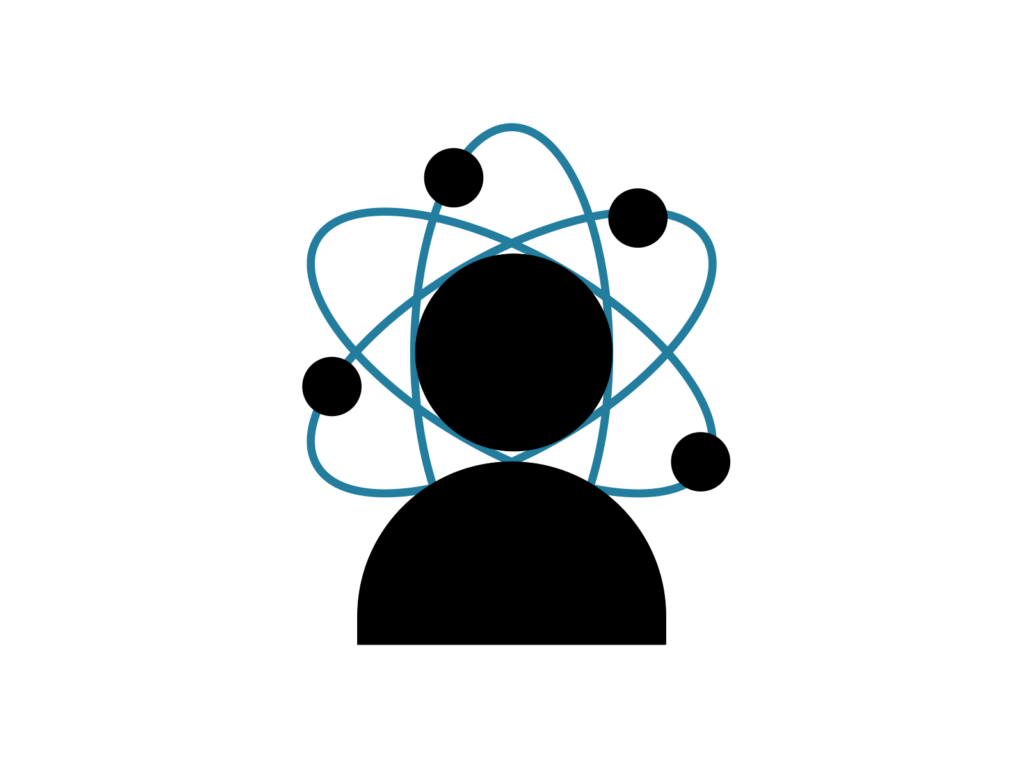M. Riley
authentication, non-destructive, particle emission

- Physical Sciences: Physics: Condensed Matter & Materials Physics
- Physical Sciences: Physics: Atomic/Molecular Physics
- Physical Sciences: Materials Sciences: Materials Science
- Physical Sciences: Physical Sciences, General: General
Statement of Research
Art forgeries are the thorn in the side of the art world. At present, we have no way of knowing how many forgeries are currently hanging in the great galleries of the world. My research interests lie in how we can answer that question. One of the problems with the current state of art authentication is that many of the methods used cause damage to the art piece. Small pieces of paint are often scraped away from a canvas to be analyzed. Analysis using non-destructive methods is a much less common, though rapidly growing field. Throughout my PhD, my research has been focused on using particle induced X-ray emission to determine the elemental composition of the paints and canvases used in these pieces. Composition of paint, at various thicknesses on a canvas can be determined. This composition is then compared to the materials available at the time was piece was thought to be created. Because the forgeries were often created decades or centuries later, the paints used are often composed of completely different elements. Because the canvases can be analyzed in open air, no damage to the painting is required to complete this work.
In my postdoc I would like to expand this work beyond the lab. The instruments used to conduct this work are easily portable, allowing the analysts to travel to the museum instead of having to transport these priceless works of art. I plan to partner with art museums across the globe to being analyzing collections in an effort to identify potential forgeries.
Statement of Diversity
Growing up I never imagined that I would end up in academia. Until I arrived at Fiction University as an 18 year old, I had never met a real scientist. And I didn’t meet a scientist who looked like me until I was 22. I’ve spent my life never really fitting in. But despite that, I realize I’ve also had tremendous advantages and privileges that helped me get to where I am today. Privileges that I didn’t even realize were being afforded to me until I look back and reflect. The contrast of being an outsider and privilege has allowed me to create my own path. I’ve tried to pay it forward in my time in graduate school by serving as a mentor for undergraduate students who feel marginalized. I plan to continue that mentorship as a postdoc both with the students I’ve already built relationships with as well as new students at my next institution.
Statement of Mentoring
I’ve been fortunate to have incredible mentors in my life thus far. I prefer to have a mentor who allows me to be independent when conducting my research but also is willing to sit down with me and talk through some ideas. In my current experience I’ve found that having a weekly meeting on the books gives us time to discuss ideas and experimental plans. As I progress in my career I welcome some suggestions or guidance about what I should do next. I also love to serve as a mentor myself for younger students. I feel a responsibility to pay it forward to younger students as I have been so fortunate to receive excellent mentorship.
